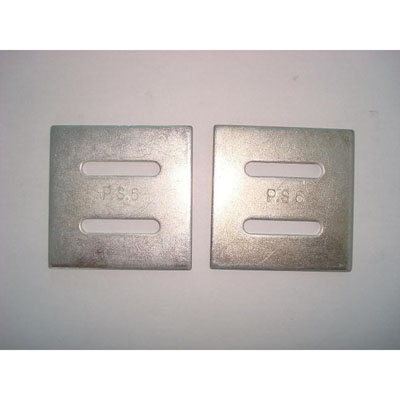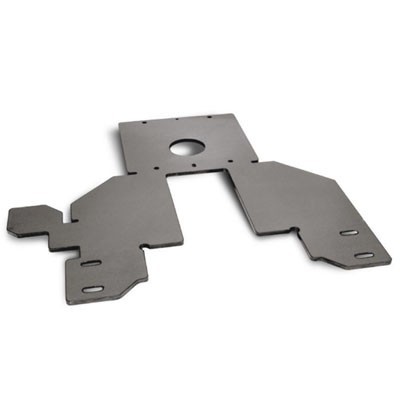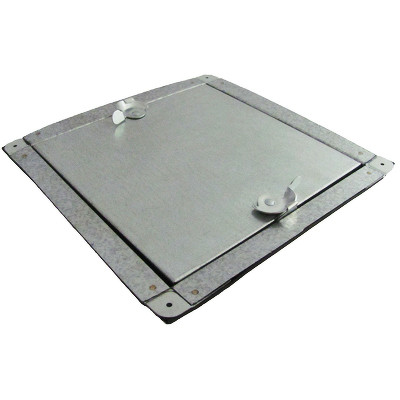Difference Between Sheet and Plate

Sheet metal and plate metal are different forms of steel. The most notable difference between plate and sheet metal is the thickness of the products. Plate metal is thicker when compared to sheet metal. This increased thickness gives plate metal a considerable edge over sheet metal when it comes to durability and structural strength.
Occasionally, sheet metal is diamonded or corrugated after processing to ensure increased strength, durability and reliability. Diamonding is the process used to add diamond ridges to achieve the required strength of the metal. Corrugation process, on the other hand, is applied to add creasing to the metal at regular intervals. Sheet metal is produced on an industrial scale by applying rolling, processing and drying techniques. Eventually it is the process of rolling that will decide whether a particular metal will be classified as sheet or plate. Rolling metal adds pressure which determines the overall thickness of the metal. If the metal is rolled thin then it is considered to be sheet and if it is thick then the metal can be classified as plate.
The enhanced chemical and physical properties also make plate metal considerably more expensive than sheet metal. The actual usage or the final product of the metal can also determine if it is considered to be sheet or plate. A number of automobile companies use plate metal to manufacture car doors, trunks and hoods as these need to be strong. They are also used to create structures for military vehicles, railways, ships, planes and trucks. Sheet metal is usually used to make various types of appliances, cans and cookware as weight is not an important factor for the final product.
Instructions
-
1
Sheet
Sheet metal is made from steel and it is a metal that has thickness less than 6mm. Steel plates are used when there is a need to build huge structures that offer increased strength to weight ratio, reliability and durability. This type of metal is found throughout most buildings and structures around the world.
- Image courtesy: tjskl.org.cn

-
2
Plate
As discussed before, plate metal has thickness greater than or equal to 6mm. In some countries, steel metal which thickness greater than or equal to 3mm is also known as plate metal. Due to the thickness, plate metal weighs more than steel metal and therefore it is used where durability is preferred. Walls, pillars and roofs are made from plate metal if there is need for increased durability and strength to weight ratio.
- Image courtesy: elgenmfg.com








